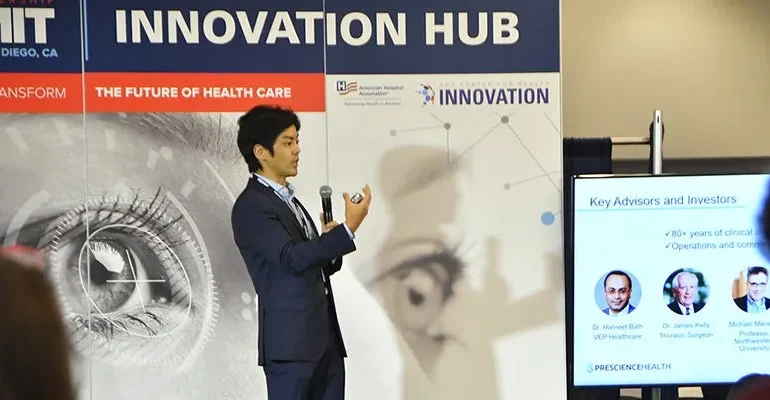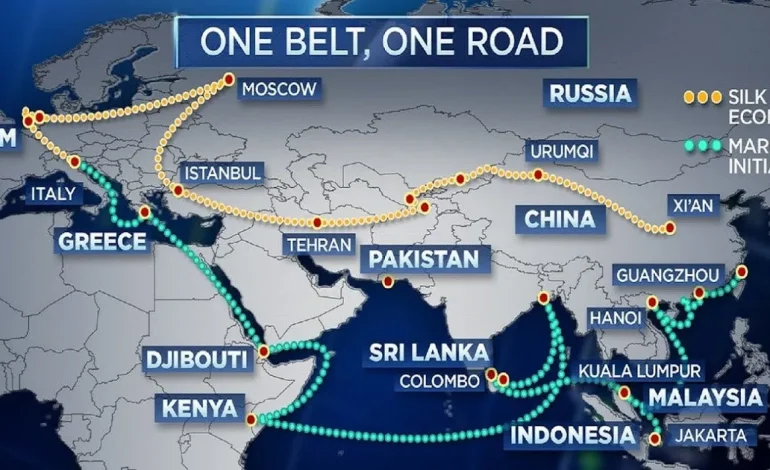Youth Startups and Innovation Hubs: The New Shenzhen Model

Introduction
Shenzhen has emerged as a leading center for youth-driven startups and innovation hubs in China. The city’s combination of favorable policies, venture capital accessibility, and a culture of experimentation attracts young entrepreneurs from across the country. Startups in AI, fintech, e-commerce, and hardware development are redefining China’s innovation ecosystem while contributing to regional economic growth and global competitiveness.
Government Support and Policies
Government initiatives provide startups with financial incentives, infrastructure, and mentorship programs. Shenzhen Municipal Government offers subsidies, low-interest loans, and tax benefits for early-stage companies. Special economic zones within the city facilitate access to talent, research facilities, and funding opportunities, creating an environment where youth entrepreneurship can thrive.
Startup Ecosystem Development
The city hosts a network of incubators, accelerators, and co-working spaces. These hubs provide mentorship, technical resources, and access to investor networks. Partnerships with universities and research institutes help entrepreneurs access specialized knowledge in AI, robotics, and digital finance. Venture capital firms are increasingly focusing on Shenzhen-based startups, supporting rapid growth and scaling potential.
Key Industries Driving Innovation
- AI and Machine Learning: Startups develop predictive analytics, autonomous systems, and smart applications for logistics, finance, and healthcare.
- Fintech: Innovative payment solutions, blockchain applications, and programmable finance models facilitate cross-border transactions.
- E-Commerce and Consumer Tech: Platforms leverage AI-driven analytics, personalized recommendations, and supply chain optimization.
- Hardware and IoT: Small firms design robotics, smart devices, and sensors, supporting domestic industrial upgrades and global exports.
Collaboration and Networking
Networking events, hackathons, and innovation fairs foster collaboration among entrepreneurs, investors, and academic institutions. Strategic partnerships with major tech companies such as Tencent, Alibaba, and Huawei allow startups to integrate cutting-edge technology into their solutions, accelerating product development and market entry.
Market Trends and Investment
Investment in Shenzhen’s youth startups reached $6 billion in 2025, reflecting confidence in the city’s innovation capacity. AI, fintech, and hardware startups accounted for the largest share of funding, supported by both government-backed initiatives and private venture capital. Regional economic growth has benefited from these investments, increasing employment opportunities and fostering a culture of innovation.
Challenges and Limitations
Despite a favorable environment, challenges remain. Talent shortages in specialized fields, high operational costs, and competitive market dynamics pose risks to startup sustainability. Regulatory compliance, particularly in fintech and AI applications, requires careful navigation. Programs focusing on skill development, legal guidance, and mentorship are critical to addressing these constraints.
Global and Regional Influence
Shenzhen’s innovation model influences other Chinese cities and regional ecosystems. Cities in Guangdong, Zhejiang, and Jiangsu provinces are adopting similar approaches to foster youth entrepreneurship and technology innovation. Regional partnerships and cross-border collaboration enhance China’s competitiveness in global technology markets.
Integration with Emerging Finance Models
Youth startups are increasingly experimenting with modular finance and programmable money models. These innovations allow startups to efficiently manage cross-border investments, streamline fundraising, and integrate digital infrastructure into their products. Alignment with these financial innovations enhances both scalability and compliance for tech-driven startups.
Outlook 2030
By 2030, Shenzhen is expected to consolidate its position as a global innovation hub. Continued support for youth entrepreneurship, integration of AI and cloud technologies, and expansion of regional and international partnerships will solidify the city’s role in China’s high-tech economy. Emerging finance models and digital infrastructure solutions will enable startups to scale globally while contributing to domestic industrial transformation.
Conclusion
Shenzhen’s youth-driven innovation hubs exemplify the convergence of government policy, entrepreneurial ambition, and technology. Startups in AI, fintech, hardware, and e-commerce are reshaping China’s innovation landscape, creating new economic opportunities and reinforcing global competitiveness. By nurturing young talent and leveraging strategic collaboration, Shenzhen sets a model for other cities seeking to drive innovation and economic growth through youth entrepreneurship.






